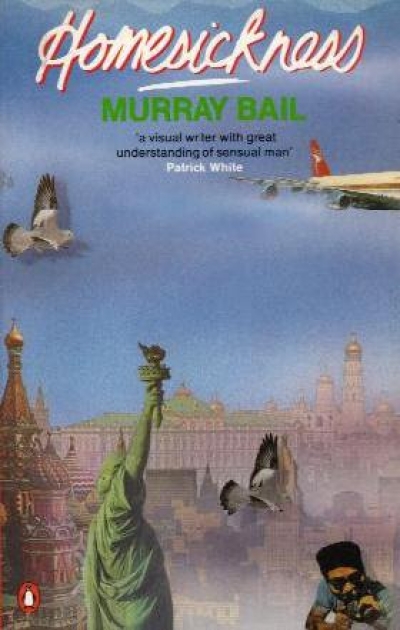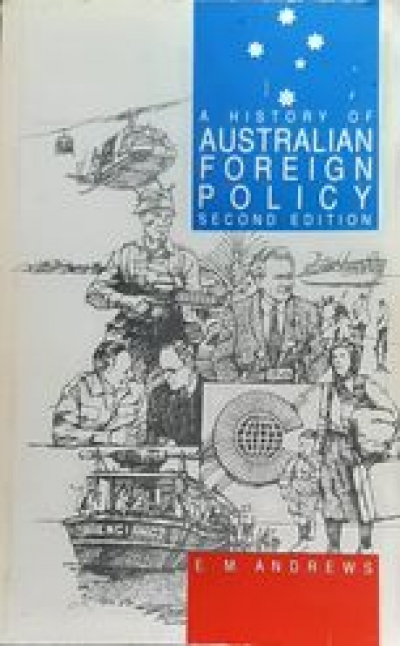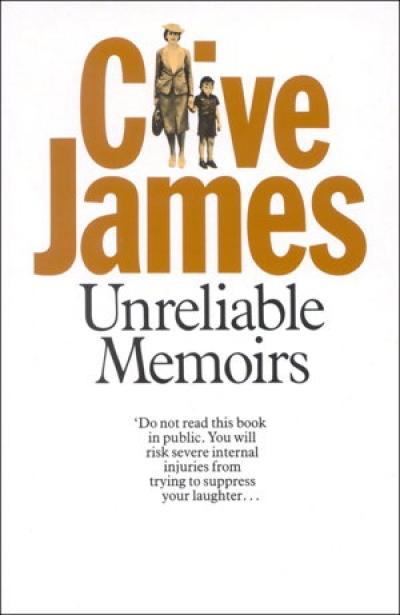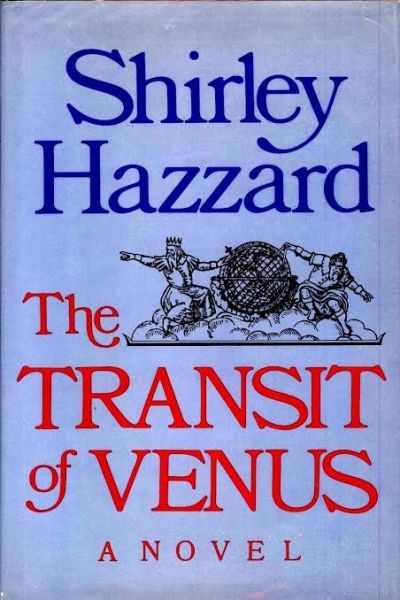Archive
Homesickness by Murray Bail & Monkeys in the Dark by Blanche d’Alpuget
by Alan Gould •
A History of Australian Foreign Policy: From dependence to independence by E.M Andrews
by Geoffrey Williams •
Visions of Mowanjum: Aboriginal Writings from the Kimberley by Daisy Utemomorrah et al; Maisie McKenzie
by David Martin •
The Black Swan of Trespass: The emergence of modernist paining in Australia to 1944 by Humphrey McQueen
by T. Counihan •










